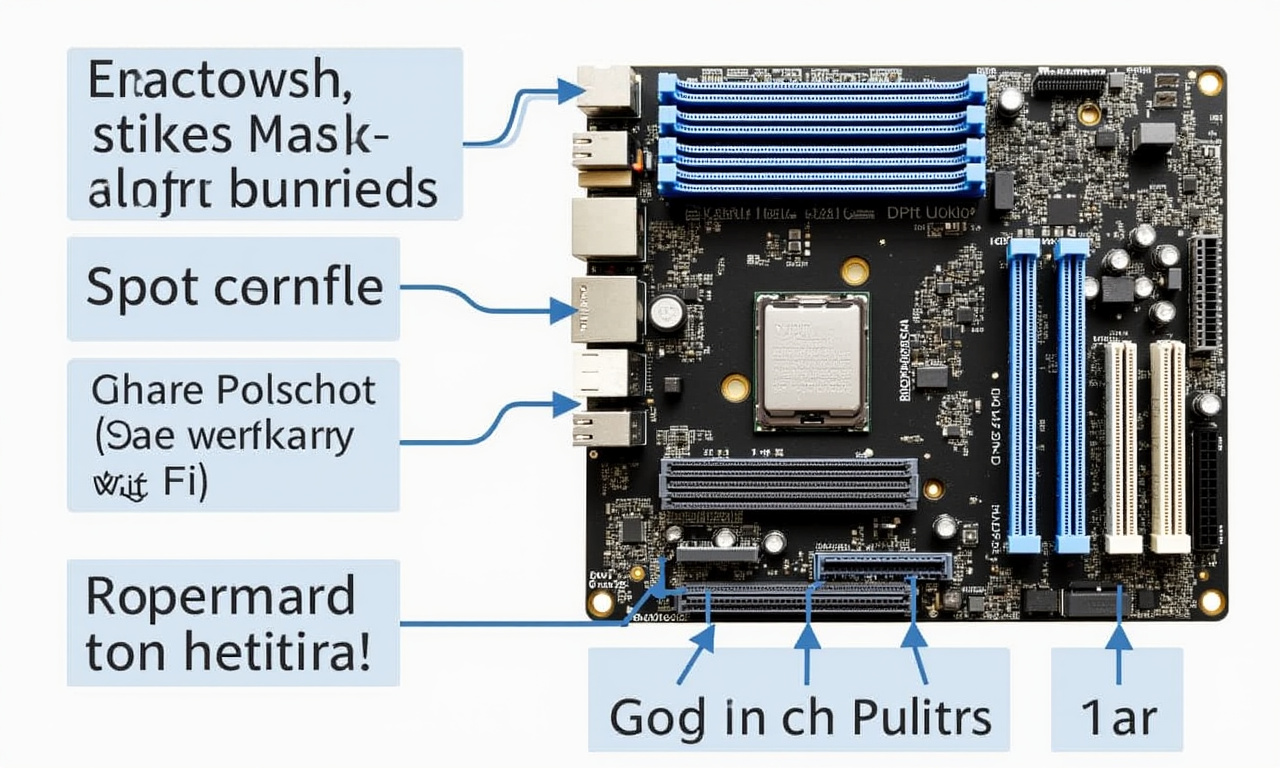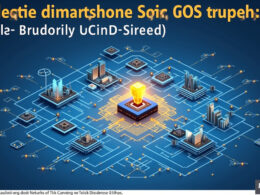While Intel’s revenue from the semiconductor sector falls significantly short of that of TSMC, Samsung has embarked on an ambitious quest to restore profitability in this domain.
 Photo ETNews
Photo ETNews
The timeline for achieving this goal is not particularly generous-only two years. Samsung bases its optimistic outlook on advancements in the 2-nanometer process, an area where they have forged ahead of their competitors. Notably, the Exynos 2600, built on this very process, is slated for installation in the flagship Galaxy S26, which is set to launch in just a few months. In contrast, competing 2-nanometer platforms are expected to debut closer to late 2026.
The Korean giant is not merely relying on cutting-edge technology. They have secured a substantial contract with Tesla, estimated at $16.5 billion, underscoring their far-reaching ambitions. Additionally, Samsung aspires to capture a 20% market share by sales volume within the same timeframe. Since 2022, however, Samsung’s semiconductor business has been operating at a loss. While the company has not disclosed exact figures, analysts estimate quarterly losses ranging from $0.68 billion to $1.36 billion. This speaks to the current challenges facing the global semiconductor market, including supply chain disruptions and fluctuating demand.
Despite these setbacks, Samsung’s determination to lead in both technological innovation and market share remains steadfast. Industry experts believe that their focus on advanced process technology, such as the 2-nanometer node and securing significant contracts, may indeed position them advantageously amidst intense competition. Observers are keenly watching to see if Samsung can pivot from these hurdles to become a top contender in the semiconductor sphere.









